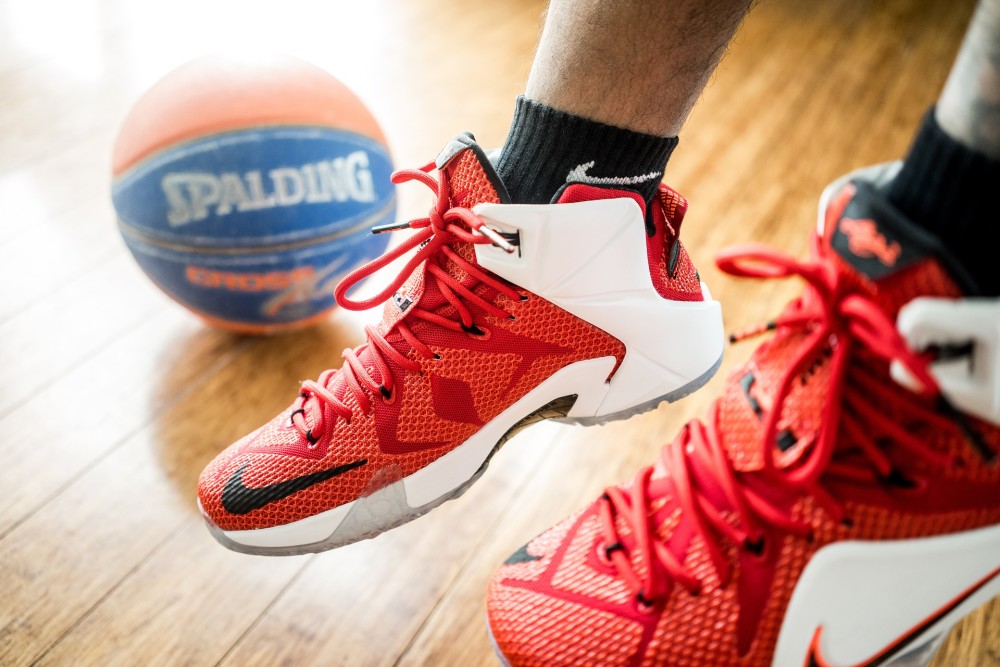The next time you put on a pair of trainers, have a look at the soles: this should indicate one of the three types mentioned above from the wear and tear. If you find that your trainer has worn severely on the outer edge, then your weight distribution and shape type is that of a supinated foot.
The right footwear can increase foot muscle strength and help ease short-term aches and pains. Research has shown that 35% of gym-goers wear the incorrect shoe.
Which kind of shoe benefits each foot type?
People that have pronation in the foot should look at a shoe that restricts pronation, offers arch support, redistributes ground reaction forces upon landing, and rebalances weight distribution statically. Researchers suggest a motion control shoe that is quite rigid, while still offering support and comfort.
A supinated foot should look for a shoe that offers supportive cushioning for their high arch. Cushioned shoes will aid in arch support and foot alignment.
People with a neutral foot are lucky in that they can consider a shoe that offers cushioning, support and rigidity – but also can consider shoes that offer little or no support, like a minimalist shoe. (This is like running barefoot, with a little bit of support.)
Athletes have long looked to science and technology to improve, and to some extent push barriers, and excel in their chosen sport. On 12th October 2019, Eliud Kipchoge broke the record of running a marathon under 2 hours. However there has been contentious debate around some of the factors that resulted in this record time. One hotly debated factor was the bespoke running shoes that he wore. These were fashioned in such a way that they improved his metabolic efficiency by 4 percent, which enabled him to keep a constant pace with his dedicated pacemakers’ team and set a record well within his projected time of completion. Recognised as the first man to break the 2-hour time, the record is not listed due to the fact that his record was not done on a ‘record eligible course’ and he did not adhere to the standard competition pace and fluid intake rules.
Having said that, despite the technological advancement and competition rules, Kipchoge’s legs still did the running and completed the marathon course in 1:59:40.
In a gym environment, looking for footwear that is going to suit your type of workout is going to benefit not only your feet but your performance as well. You will find a lot of people that lift heavy go for a shoe that has little or no heel lift or sole. This kind of shoe doesn’t bode well for those that have pronation of the foot; it throws out their body alignment, which can lead to injuries further down the track. A shoe that provides support and stability would be more beneficial.
According to researchers, athletes that do a variety of movements – for example a HIIT class or a weight workout followed by cardio – should look at a cross trainer shoe that enables them to transition from one activity to another with relative ease, comfort and support. But don’t just take my word for it, ask for professional advice – like an orthopedic specialist – on the best shoe for your foot type and preferred exercise.
In conclusion, we all like to look great in what we wear, don’t we? And the latest trainer is going to do just that, regardless of whether they suit our feet. Your biggest challenge might be choosing between what’s best for your feet, and what’s most on-trend!
Get set………. Go!!’
